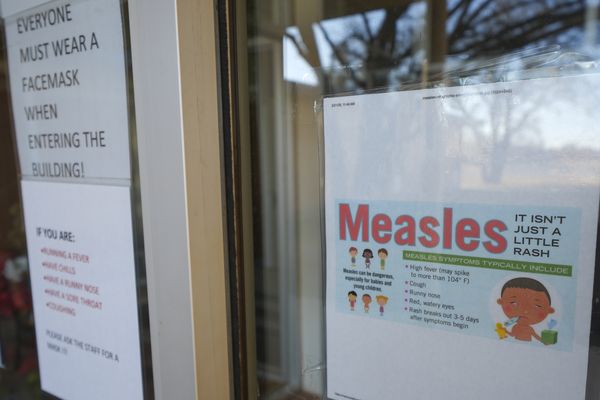
A month after the combine’s visit, this field still tells a tale of a difficult harvest: decayed, scattered sheafs of wheat, flattened by wind and rain, which escaped under the cutter bar. Gleaners – wood pigeons, sparrows, field mice, rooks – did well this year, but spilt grain that they missed has germinated. A green haze of young wheat leaves is rising through the sun-bleached stubble.
Soon, the plough will carve its brown corduroy furrows, preparation for resowing. Until then, there’s time to enjoy a glorious autumn flowering of cornfield annuals beside the footpath. Scentless mayweed, field pansy, cut-leaved cranesbill, constant companions to cultivated crops, are thriving in the bare earth. The scarlet flowers of corn poppies, waving above the stubble, are here because a plough brought dormant seeds to the surface last autumn, when light triggered their germination. Its next pass will bury another generation, to resurface who knows when; a perpetually churning soil seed bank, until herbicides become so effective that no seeds survive for annual reinvestment.
Some arable weeds, like the scarlet pimpernel in the field headland, would not survive for long in competition with grasses if this field was left to lie fallow. It’s a reliable natural timekeeper, opening at sunrise, closing at 3pm – earlier today if those approaching dark rain clouds hide the sun. Then it becomes the “poor man’s weatherglass”, folding its petals to protect the pollen. Some of its flowers have already set seed. When I pick a ripe seed capsule and squeeze the sphere gently, it splits around its equator, like a geographer’s globe, and a shower of tiny seeds trickles through my fingers.
Wherever soil is disturbed, wildflower opportunists find a roothold. A band of sky-blue field speedwell flowers fringes the path: speedwell indeed, a sight to lift the spirits, quicken the pulse. A native of the Caucasus, first recorded in the wild in Britain in 1826, it’s now common along field edges almost everywhere, likely transported between fields and farms on muddy wheels of agricultural vehicles. Speedwell and pimpernel seeds will be embedded in the mud on my boots: arable weeds have followed in humanity’s footsteps, every step of the way, since the earliest days of agriculture.
• Country diary is on Twitter at @gdncountrydiary







